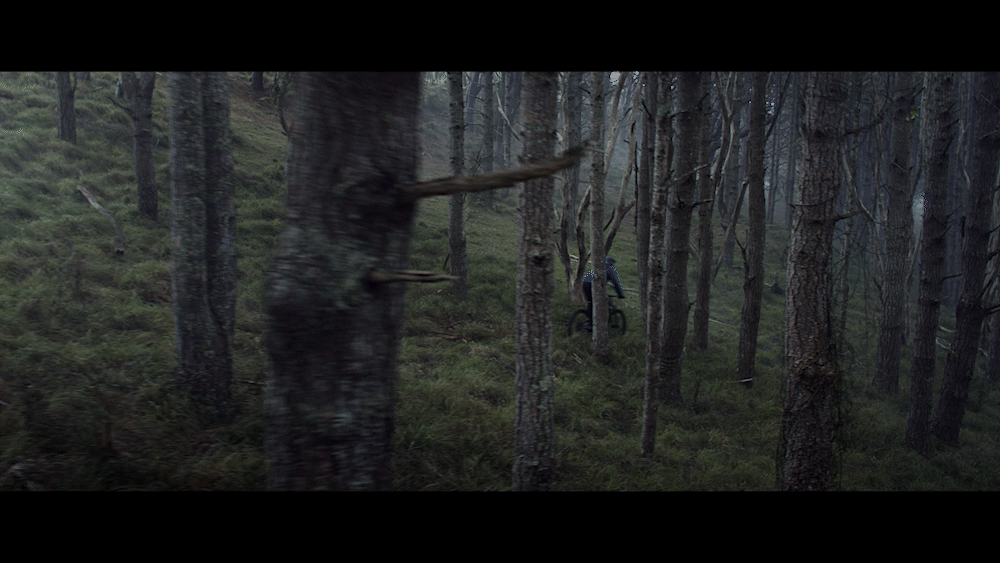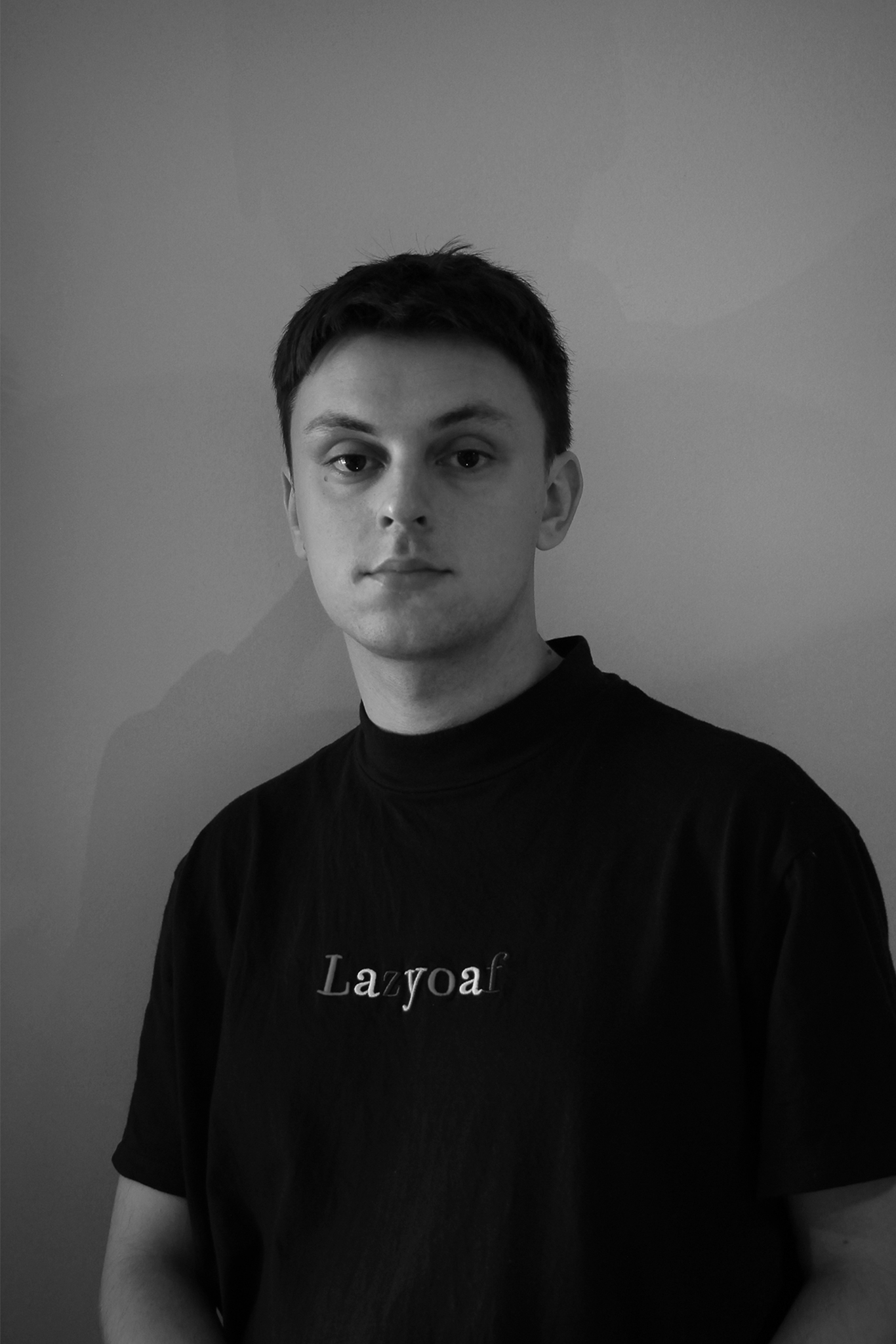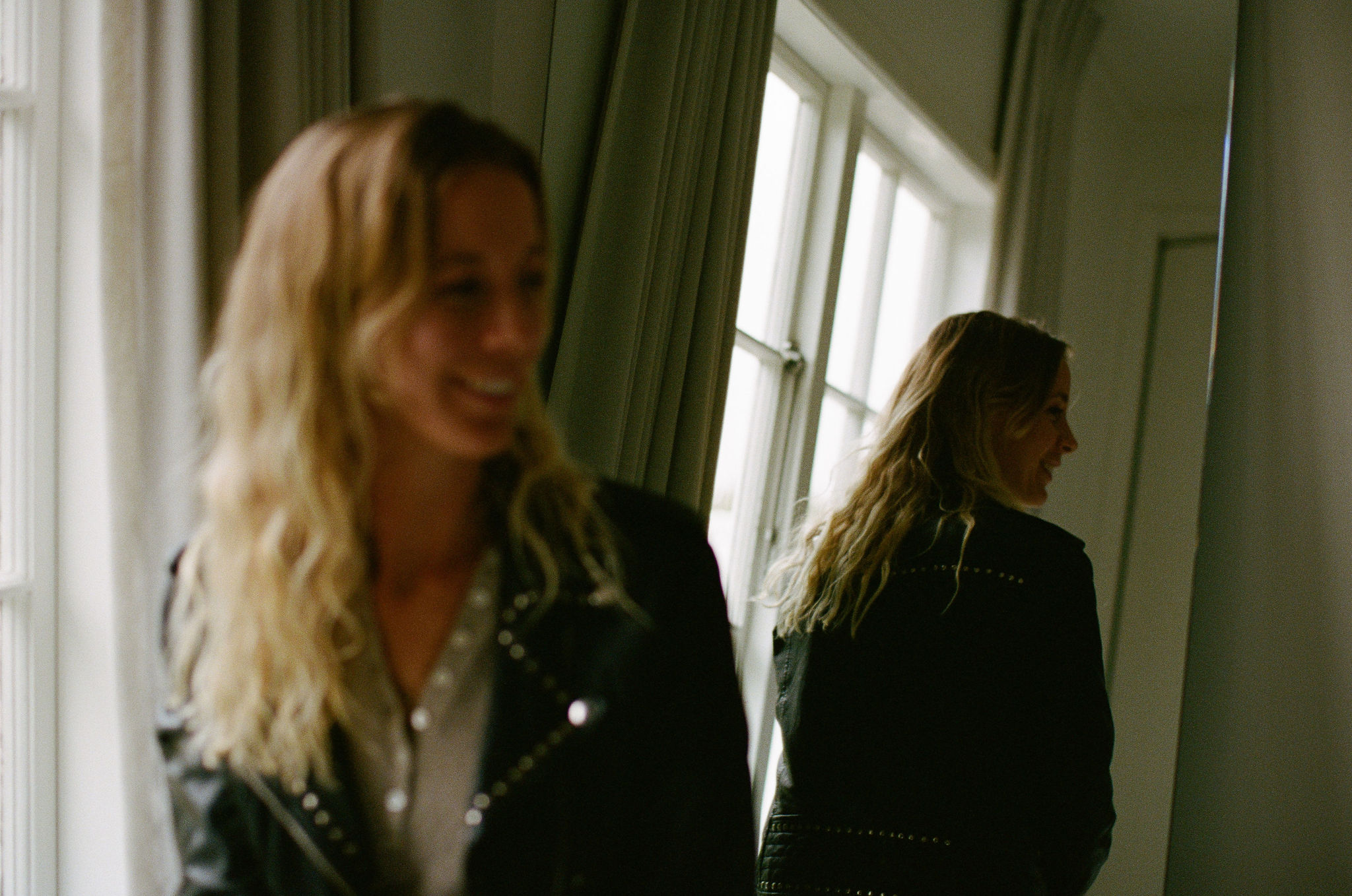In The Cut With Archie Porter
Insights & Outtakes
A man of good taste across a broad spectrum of genres in both film and music, Supernormal's head of post, Archie, shares insights on his meticulous eye for detail.
SN:
How would you describe your approach and personal technique to storytelling?
Archie Porter:
It’s hard to describe an overall method of how I approach storytelling in a commercial, as I typically adapt depending on the job at hand. With some projects I suppose there’s more room to play, and experiment with new storytelling approaches. Fundamentally though, I think all stories need to feel human in order to connect with an audience.
Regarding my personal techniques, I’ve always responded to more emotive editing for storytelling: montages, non-linear sequences, techniques that ignore conventionality. I’m very influenced by films and have always been passionate about abstract cinema, so I often look to that for inspiration and new ideas for my storytelling methods. I find film such a unique medium because of its ability to play with time and craft stories that connect on an emotional level, so that’s generally where I always start and what I’m aiming for.
SN:
Walk us through your creative process when an offline edit? How do you decide on the pacing, sequence, and overall structure?
AP:
Again, my process is adaptive depending on the scale and goal of the commercial. Typically I start by engaging with the script. I need to get a feel for what the piece will be before I’ve started cutting, but I also don’t like getting heavily tied to the script. Naturally, things change, issues arise, shots don’t work on-set and in post, or the client may not be happy with the outcome. As an editor, it’s my responsibility to be innovative and overcome any creative roadblocks for the betterment of the final product.
In terms of my editing process, I find that it largely comes from intuition and following my instincts. Aspects such as pacing, sequencing and structure are often dictated by the overall length of the piece. For instance, I approach a short 15-second piece such as Dunch very differently to a 60-second spot like KidsCan. In the former, there’s often a focus on branding and getting the message across very quickly. In the latter, there’s more time to allow shots to breathe and employ more traditional filmmaking techniques.
An integral part of my creative process that carries through most jobs is collaborating with directors - this is typically my favourite part of post-production. I really enjoy working with other people, getting fresh perspectives, and being able to experiment, try new things, and generate ideas to achieve the best approach.
SN:
What are your go to's to evoke emotional responses or capture viewers' attention?
AP:
As I mentioned, film is interesting to me because it allows you to play with time in a way that other artforms can’t. It’s a spatiotemporal medium, in the sense that we are watching events unfold over time. However, the way an edit is constructed lets you disrupt that. I really love playing with that as an editing technique, and I find it to be really effective for evoking emotional responses in the viewer. Most audiences don’t necessarily think about cuts and edits because they’ve become accustomed to them. There's an old quote, a great edit is an “edit you don’t see.” I'm not sure I necessarily subscribe to that idea.
Personally, I always feel more engaged when an edit draws attention to itself in unconventional ways. I love montages, micro-sequences, and quick-cuts - things we can’t experience in the real world. I remember reading somewhere about the relationship between film editing and memories. In memories, we picture ourselves in specific scenarios and environments typically without context - it’s a snapshot of a moment in time and space that feels emotionally potent to you as an individual. Editing has the potential to capture that same feeling with cutting and structure, so I’m always chasing that.
I’m often pulling from filmmakers and editors who create work that I connect with emotionally; people like Frank Lebon and Lynne Ramsay are always big references for me. Pacing is really integral for capturing the audience's attention, and I enjoy mixing rapid-fire cuts with slow, lingering shots to help signify importance or create an atmosphere.
Each frame needs to have its own rhythm to inform the overall flow of the piece. A good example of that in a commercial context was on Pinnacle. Working closely with the director, we spent lots of time crafting the tempo of each shot to ensure it had the right amount of time to breathe. It was really liberating allowing certain shots to hold for a long time - from memory, we held on some shots for nearly 10-seconds. Then we’d disrupt the lingering calmness by hard cutting to quick micro-sequences of textural images. That sense of unpredictability is really important for evoking an emotional response; it keeps the viewer on the edge of their seat, and eager to see where the story goes.

SN:
Tell us about the role music and sound design play in enhancing your work?
AP:
Audio plays an integral role - it’s 50% of film after all. Without music or sound-design, a commercial is just a series of moving images. In my eyes, they aren’t mutually exclusive things - they need to coexist in order for an edit to work, so it’s a huge part for me.
With my own editing and storytelling methods, a lot of the time I like to begin with music. Music has such an emotional resonance on a gut-level, and I find that to be a really beneficial tool in terms of cutting - in my experience, it’s better to ‘feel’ an edit rather than think about it too much. If you have the right track, music can help drive an edit or create a particular atmosphere that would otherwise be unachievable.
The same goes for sound-design. Having the right sounds or atmos can have a dramatic effect on a commercial's pacing, and you can make narrative beats hit harder by utilising the perfect audio cue. This rings true when working on any genre, whether it be comedy, horror, drama - having the right sound-design is a crucial tool for building the world.
A short like Hands in the Dirt - shot mostly on off speed and therefore no audio was captured - required a lot of work on the sound design . I incorporated a bunch of atmos and subtle cues like bees buzzing, metal gates creaking, horses grunting, and so on. All of these helped breathe life into the images and create a more engaging, naturalistic viewing experience. In regard to actual sound selection, I find you can be as abstract as you want, as long as you can make it feel cohesive with the pictures - that’s the fun part!
SN:
How do you approach condensing a brand's message into a concise TV timeframe?
AP:
It changes depending on the job, different projects have different creative licensing. The message and story of some TVCs are prescribed from the boards and script, which thus affects how it’s shot. On a commercial like Red Seal, everything is shot closely following boards, so in a way it’s effectively cut before it enters post. In turn, this means I don’t have a large amount of condensing or distilling to do, other than simply making it work within the specified duration.
On other occasions, when projects are shot more expansively and in a broader sense, it requires a lot of work to craft a commercial that is both narratively engaging while capturing a brand's message. On Pinnacle, I had about 12 terabytes of footage to go through, which is a huge amount to condense into a series of 60-second commercials. Scripts had been written for the voice-overs, which dictates the majority of the overall brand messaging, and pictures had been roughly boarded for a general sense of progression. However, in post, the director and I effectively started from scratch. We approached the edits by straying from the boards entirely, and we instead focused our attention on crafting the best possible story.
Going back to my earlier point, shots changed on-set and some things simply didn’t work in the edit, so I had to adapt and rethink my approach to building the narrative. This approach was fantastic as it allowed us the opportunity to be more abstract with our storytelling, and we had a huge amount of footage to play with. Given the nature of that commercial, the brand’s message of ‘Future Positive’ is a fairly general term, so we were able to visually experiment and try new things without distorting the clarity of the overall message. While this approach worked for that particular campaign, it wouldn’t be applicable for others - so again, it really depends on the job and what kind of message the client or brand is trying to convey. Ultimately, I think you just have to be intuitive and understand the fundamentals of storytelling.

